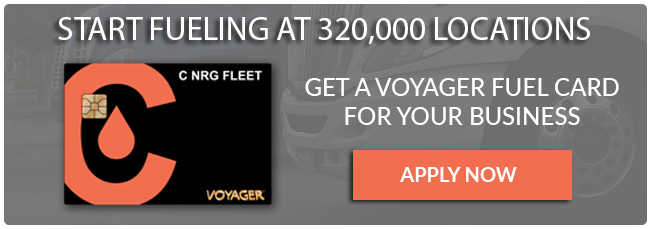The American Transportation Research Institute (ATRI) released an update on their 2024 analysis of the operational costs for trucking. The report found that overall costs are up 6%, reaching a new high of $2.270 per mile. Let’s take a look at some of the biggest factors affecting the uptick in the costs and steps for your trucking company to reduce costs.
1. Rising Repair And Maintenance Costs
Repair and maintenance costs are up 3.1%. With a 2.5% inflation rate adding to the costs of parts, constant issues with the supply chain, and the cost of labor for the maintenance going up, it’s expected that these costs will remain high.
How To Solve It:
Create an organized maintenance program that schedules out routine checks and inspections, and also performs the smaller regular services like oil changes, air filter change, etc. When creating the program, be sure to consider the vehicle’s age, mileage, and duty cycle so that you can determine the right maintenance cycles.
It’s also important to educate your drivers on the basics of diesel particulate filter regeneration and diesel exhaust fluid. This will prevent unnecessary trips to a repair shop over DPF failures and check engine light concerns. Creating a maintenance program and educating your drivers will reduce unexpected breakdowns on the road.
2. Out of Control Insurance Premiums
This was one of the biggest increases in costs, a whopping 12.5% increase. In 2020 the pandemic caused there to be less drivers on the road, less drivers meant less accidents so insurers kept premiums low.
From 2021 to 2022 costs remained flat with little to no change as there still weren’t many drivers on the road. Now however, 4 years after the pandemic and many returning to working in-person, there are a lot more cars on the road so insurance companies are raising premiums.
How To Solve It:
There are several ways to lower the costs of premiums. Hiring drivers with clean licenses and starting a driver safety program will lead to cheaper premiums.
Some insurers even offer you a discounted rate for proactively addressing fleet potential risk with safety programs. Investing in anti-theft tech such as alarms and immobilizer will also help to achieve a lower rate.
3. Fuel Costs Remain High
Actually the price for fuel was down 13.7% from 2022. However, fuel still accounts for 20% of the operating cost. It’s important to note, that during 2021 and 2022 gas prices surged due to the pandemic and Russia’s invasion into Ukraine. In 2022, prices peaked at $5 per gallon. Since then prices have gone down but have yet to return to pre-pandemic levels. Today, the average price for gas is $3.289, which is 30% more than they were 5 years ago.
How To Solve It:
Implementing fuel-saving tech like an electronic engine monitor, which measures driving performance and identifies fuel-wasting behavior will help you save on fuel costs.
Getting fuel cards is another great way to save on fuel and make fueling efficient. They let you set limits and allocate funds to each driver for fuel which will eliminate potential wastes in spending. You can also analyze fuel consumption, plan routes that are more fuel efficient, and find gas stations with cheaper prices. Real time data received from fuel cards help make sure you are on budget and can catch any suspicious activity.
Understanding and addressing these challenges head-on helps you to thrive even as the industry continues to adapt to continuing economic conditions. Remain informed and be agile as this is the best way to ensure success.

